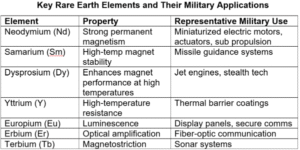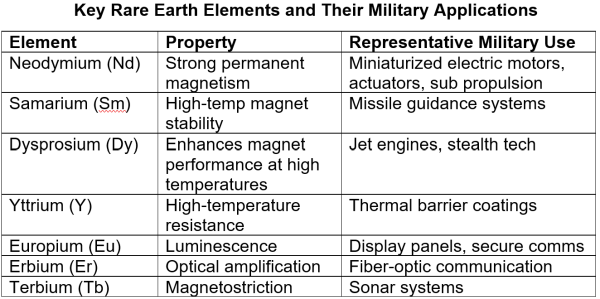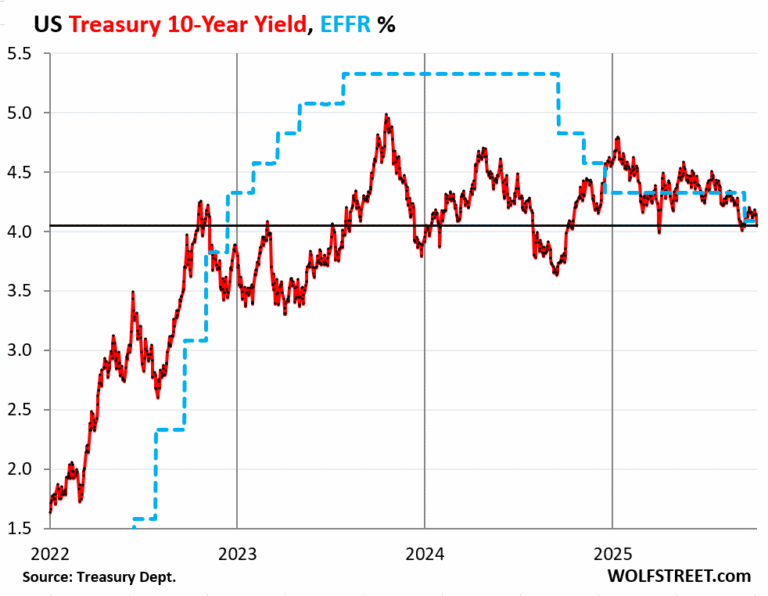Yves here. This humble site has repeatedly pointed out that “clean” energy often does not live up to its billing, due to use of materials that have large, nasty environmental effects, and supposedly green devices relying on dirty energy sources. In the US, there had been a push to shift electricity generation, away from coal and to some degree, other fossil fuel sources. That initiative has gone into reverse thanks to ginormous AI/data center power demands and Trump hearting fossil fuels. By contrast, China has also (in the first decade of this century) been building more coal-fired electrical plants. In 2024, coal still represented 59% of China’s electrical generation, versus 19.5% in the US. However, the US shift has been primarily from very dirty coal to less dirty but still CO2 producing gas. In addition, China has been working to change its profile, while the US is now petal to the metal in reverse.
By Leonard S. Hyman, an economist and financial analyst specializing in the energy sector who headed utility equity research at a major brokerage house and William I. Tilles, a senior industry advisor and speaker on energy and finance who headed utility equity research at two major brokerage houses and then became a portfolio manager investing in long/short global utility equities. Originally published at OilPrice
- The U.S. is expanding electric vehicles, data centers, and heat pumps—yet the power feeding them increasingly comes from fossil fuels.
- Policymakers are approving new natural gas plants and extending coal operations.
- The U.S. is building out power capacity for electrification—but without meaningful carbon cuts, leading to a future of “clean tech” powered by dirty energy.
One of the biggest mistakes we made about electrification is that we assumed that the new technologies embracing electricity, like electric vehicles for example, would embrace decarbonization at the same time. We were wrong. In fact, in the US today, exactly the opposite has occurred. The paradox of electrification without decarbonization is simple. Take, for example, two convenient symbols of electrification, an electric car and a heat pump. Both displace fossil fuel usage, but both technologies also rely on electricity. We, and others, assumed that the large base load fossil-fired power generating stations favored by utilities would, due to growing public pressure, eventually be replaced by something more environmentally benign, like small modular reactors or extensive solar plus batteries. Instead, policymakers have decided to ignore environmental concerns and embrace more base load fossil fuel usage. In practical terms, this means permission to build new natural gas-fired power plants, while coal-fired power stations will be permitted or even encouraged to remain open.
Because power plants last forty years or more, due to inflation, a new plant always costs lots more than the unit it’s replacing. One of the frequent criticisms of renewable energy technologies like offshore wind or solar plus batteries is that they are very expensive. This is certainly true compared to the fully depreciated facility they are replacing. The simple fact is that all new power-generating facilities, regardless of technology, are far more costly than the units they replace. These are called capital expenses because the assets financed are expected to be in service for decades. But renewables have one outstanding advantage over fossil-fueled power generation. They have almost no big operating expenses like fuel. Unlike coal or gas-fired power plants, renewables only “consume” free stuff like wind or sunlight. Over a thirty or forty year lifetime operating period, the expense differentials are enormous. But in our intensely ideological times, these differences are often overlooked for partisan political purposes. And yes, we know they’re intermittent.
This idea of electrification without decarbonization has been adopted by technology executives such as Google’s former CEO, Eric Schmidt. Speaking at an AI conference last October, he pointed out that for him, and presumably other executives, attaining environmental goals like decarbonization is much less important than a vastly expanded network of data centers. His basic point was, “Forget about your climate targets, you won’t achieve them anyway.” Also he suggested that perhaps all these new data centers would actually solve the climate crisis. But as a former CEO, he also seemed to be asserting one very old corporate prerogative: the unlimited right of a corporation to pollute without interference from the government. As an aside, what’s so interesting to us is that no serious political figure has given such full-throated support for this view, probably since the McKinley era. But here we are.
People like Mr Schmidt and his former employer, Google, are among those leading the charge for much more rapid growth in domestic power generation resources, and they’ve stated quite plainly that they couldn’t care less about CO2 emissions and their adverse environmental implications. More fossil-fired power plants are just fine with them so long as the bulk electricity is affordable and available. Their “only” requirement is for an enormous increment to the existing generating fleet at a cost of at least several hundred billion dollars. These investments will either be “inside the fence” and paid for by the data centers themselves or they will be borne by local utilities with the large incremental expense passed along to consumers in the form of higher prices.
The question for us as analysts is to ask whether this view has become mainstream among senior policymakers in Washington and, if so, what are the implications? What would a pollution-indifferent buildout of the US power grid look like? In two words, more gas. There have been no new coal-fired power-generating plants built in the US in decades because their economics were undercut by domestically sourced natural gas. So a pollution-tolerant administration in Washington, for example, does not reverse the unattractive power plant economics of new coal. But the interesting thing for us is that even with a utility-friendly administration in Washington, the prospects for future gas-fired plants haven’t deviated much from long term historical trends. The US EIA expects about 18.7 gigawatts of new gas fired capacity to be added between now and 2028, with 2028 showing a big uplift relative to prior years. But the EIA’s historical data also show us what a big commitment to new gas-fired power generation truly looks like. In the five year period, 2000 to 2005, the US added over 160 gigawatts of new gas-fired power generation, with almost 50 gigawatts of new generation added in the year 2000 alone. The EIA data shows the US expecting to add about 11 gigawatts in 2028, a supposed breakout year. Like the man said, those are rookie numbers.
All we can conclude at this point is that policymakers in Washington have created an administrative permission structure for more pollution from fossil-fired power-generating stations. Whether this will lead to a vast increase in new fossil-fired power plant development remains to be seen. Despite what we and many others expected, the present goal seems to be more electrification, especially for AI, and without decarbonization.












